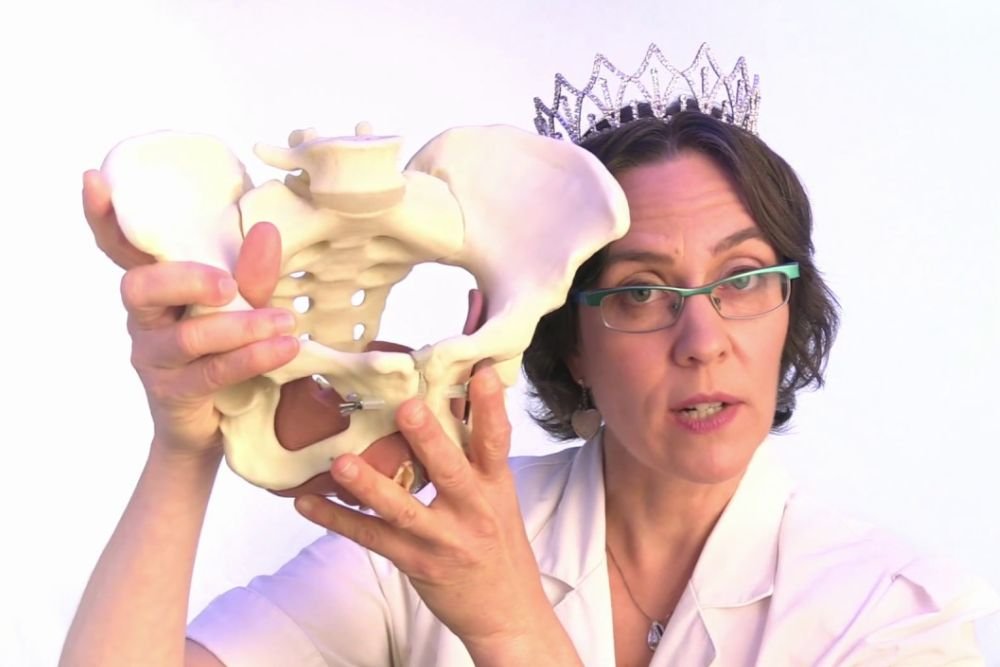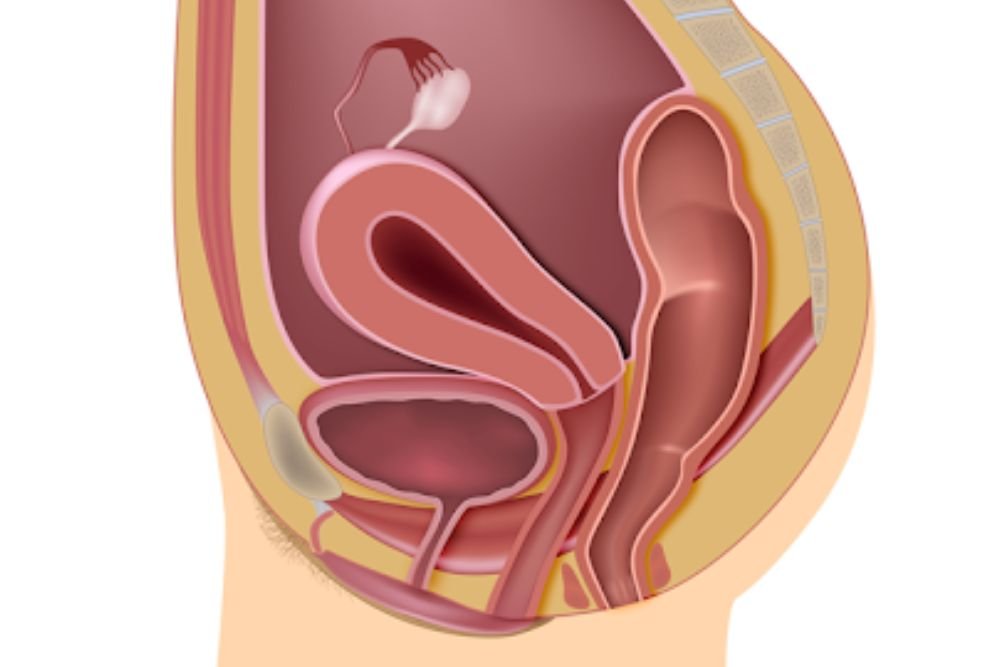Introduction to Pelvic Floor Exercises for Pregnancy
Pregnancy is a time of immense change—both physically and emotionally. As your body transforms to nurture new life, your pelvic floor takes on a significant share of the work. This group of muscles supports your growing baby, your bladder, and your uterus, making it a central player in your pregnancy journey.
But here’s the thing: pregnancy also challenges these muscles like never before. Incorporating pelvic floor exercises for pregnant women into your routine can alleviate common discomforts, prepare your body for labor, and promote faster recovery postpartum. Think of these exercises as the secret weapon for a smoother, healthier pregnancy.
In this article, we’ll explore the five key benefits of pelvic floor exercises for pregnant women and how they can make all the difference for you and your baby.
Understanding the Pelvic Floor

What Is the Pelvic Floor?
Imagine a supportive sling, cradling vital organs like your bladder, uterus, and bowel. That’s your pelvic floor—a collection of muscles and connective tissues located at the base of your pelvis. During pregnancy, this “sling” plays a critical role in keeping everything where it belongs while adapting to the added weight of your baby.
Why Pregnancy Challenges the Pelvic Floor
From hormonal changes to the physical weight of a growing uterus, pregnancy places unique demands on the pelvic floor. Without proper care, these muscles can weaken, leading to issues like urinary incontinence, back pain, or even pelvic organ prolapse.
By practicing pelvic floor exercises for pregnant women, you strengthen these muscles to better support your body during pregnancy and beyond.
Benefit #1: Reducing the Risk of Urinary Incontinence
Why Incontinence Happens
Leaking urine during pregnancy—whether from laughing, sneezing, or coughing—is common but preventable. The growing pressure on your bladder, coupled with hormonal shifts, can weaken pelvic floor muscles, leading to stress incontinence.
How Exercises Help
Pelvic floor exercises for pregnant women target the muscles responsible for bladder control. By strengthening these muscles, you reduce the likelihood of leaks and improve your confidence.
Quick Tip:
Try Kegel exercises:
- Contract your pelvic floor muscles (as if stopping urine midstream).
- Hold for 5 seconds.
- Relax for 5 seconds.
- Repeat 10 times, gradually increasing the hold time as you build strength.
Benefit #2: Easing Pregnancy-Related Discomfort
Addressing Lower Back Pain
A weak pelvic floor often contributes to lower back pain during pregnancy. Strengthening these muscles provides better support for your spine, reducing discomfort as your belly grows.
Improving Pelvic Stability
Pelvic floor exercises enhance stability, which can alleviate the pressure on your hips and pelvis. This is particularly beneficial during the later stages of pregnancy when walking or sitting can become uncomfortable.
Visualization:
Picture your pelvic floor as the foundation of a house. A strong foundation keeps everything stable and secure, even under pressure.
Benefit #3: Preparing for Labor and Delivery
Strengthening Muscles for Pushing
Labor is like running a marathon—it requires endurance, strength, and focus. Pelvic floor exercises for pregnant women help condition these muscles, making it easier to push effectively during childbirth. Strong pelvic floor muscles work in harmony with your contractions, potentially reducing labor time.
Kegels for Labor Prep:
- Practice “quick flicks,” or rapid contractions of the pelvic floor, to build stamina and control.
- Combine with deep breathing exercises for added relaxation and focus during contractions.
Improving Flexibility for Delivery
While strength is important, flexibility is equally crucial. A flexible pelvic floor can stretch more easily, minimizing the risk of tearing during delivery. Relaxation-focused exercises, such as diaphragmatic breathing and gentle yoga poses, help you achieve this balance.
Also read: Pelvic Floor Exercises for Women | 6 Tips for Better Health
Benefit #4: Supporting Postpartum Recovery
Faster Healing After Birth
Childbirth—whether vaginal or cesarean—can weaken the pelvic floor. By starting pelvic floor exercises for pregnant women during pregnancy, you set the stage for a faster recovery. Stronger muscles heal more effectively, helping you regain control over bladder and bowel functions.
Postpartum Plan:
- Begin with gentle pelvic floor contractions a few days after delivery, with guidance from your healthcare provider.
- Gradually increase intensity as you regain strength.
Preventing Long-Term Issues
Consistent exercises during pregnancy reduce the likelihood of long-term complications like pelvic organ prolapse or chronic incontinence. Think of it as a proactive investment in your future health and comfort.
Benefit #5: Enhancing Overall Pregnancy Wellness
Boosting Circulation
Pelvic floor exercises improve blood flow to the pelvic region, which is essential during pregnancy. Better circulation reduces swelling and promotes optimal oxygen and nutrient delivery to your baby.
Promoting Emotional Well-Being
Pregnancy comes with its fair share of stress and anxiety. Practicing pelvic floor exercises for pregnant women fosters mindfulness, helping you feel more connected to your body and your baby. This sense of control can alleviate stress, promoting a healthier pregnancy experience.
Mind-Body Connection:
Pair pelvic floor exercises with relaxation techniques, such as visualization or guided meditation, for maximum benefit.
Common Misconceptions About Pelvic Floor Exercises
“They’re Only for Women With Symptoms”
Even if you’re not experiencing leaks or discomfort, pelvic floor exercises for pregnant women are essential. Prevention is always better than cure, and these exercises ensure your body is ready for the demands of pregnancy and postpartum.
“They’re Time-Consuming”
Good news: pelvic floor exercises can be done in just a few minutes a day. Incorporate them into your routine—while brushing your teeth, waiting in line, or even watching TV.
How to Perform Pelvic Floor Exercises Safely During Pregnancy

Finding the Right Muscles
Before starting any routine, it’s crucial to identify your pelvic floor muscles. One simple method is to try stopping the flow of urine midstream (though this should only be done to locate the muscles, not as an exercise). These are the muscles you’ll engage during pelvic floor exercises for pregnant women.
Quick Guide to Proper Engagement:
- Sit or lie down in a comfortable position.
- Contract the pelvic floor muscles, avoiding tension in your thighs, buttocks, or abdomen.
- Hold the contraction for a few seconds before relaxing completely.
Kegel Variations for Pregnancy
Basic Kegels
- Contract and hold for 5–10 seconds.
- Relax for an equal amount of time.
- Repeat 10–15 times, twice a day.
Quick Flicks
- Rapidly contract and release the pelvic floor muscles.
- Perform 10–15 repetitions to build endurance.
Combining Exercises with Daily Activities
The beauty of pelvic floor exercises for pregnant women is their versatility. You can integrate them into your daily routine without setting aside extra time.
- While Sitting: Engage your pelvic floor while working at your desk or eating.
- While Standing: Practice contractions while cooking or waiting in line.
- During Yoga: Incorporate pelvic engagement during poses like Cat-Cow or Child’s Pose.
The Role of Breathing in Pelvic Floor Exercises
Synchronizing Breath and Movement
Proper breathing enhances the effectiveness of pelvic floor exercises. Diaphragmatic breathing, in particular, encourages relaxation and better muscle engagement.
Step-by-Step Diaphragmatic Breathing:
- Sit or lie in a comfortable position.
- Inhale deeply, allowing your belly to rise.
- As you exhale, gently engage your pelvic floor muscles.
- Repeat for 5–10 cycles.
When to Seek Professional Guidance
Consulting a Pelvic Floor Specialist
While many women can perform pelvic floor exercises for pregnant women independently, some may benefit from expert guidance. A pelvic floor physical therapist can tailor exercises to your specific needs, especially if you’re dealing with discomfort, prolapse, or other complications.
Red Flags to Watch For
Stop exercises and consult your healthcare provider if you experience:
- Pain or discomfort during contractions.
- Persistent urinary or bowel issues.
- Increased pelvic pressure or discomfort.
Tips for Staying Consistent
Set a Routine
Pair pelvic floor exercises with existing habits, like brushing your teeth or winding down for bed, to make them a seamless part of your day.
The Long-Term Benefits of Pelvic Floor Exercises
Supporting Post-Pregnancy Health
The journey doesn’t end after childbirth. Continuing pelvic floor exercises for pregnant women postpartum helps restore strength and elasticity, reducing the risk of future complications. Regular practice can prevent issues like incontinence and prolapse while promoting a smoother recovery.
Gradual Progression Postpartum:
- Start with gentle Kegels a few days after delivery.
- Gradually increase intensity over the weeks, depending on your body’s recovery and your healthcare provider’s recommendations.
Benefits Beyond Pregnancy
A strong pelvic floor isn’t just for pregnancy and postpartum—it’s a lifelong investment in your health. These exercises improve bladder and bowel control, enhance sexual wellness, and protect against age-related pelvic issues.
Think Long-Term:
Consistency ensures your pelvic floor remains strong and functional, reducing risks of complications as you age.
Pelvic Floor Exercises for Partners: A Shared Journey
Involving Your Partner
Though this article focuses on pelvic floor exercises for pregnant women, partners can benefit too. Encourage your partner to practice these exercises alongside you for mutual support and health benefits.
How Partners Benefit
- Improved bladder and bowel control.
- Enhanced intimacy and connection.
- A shared health journey strengthens the bond between partners.
Addressing Common Challenges
Staying Motivated
Consistency can be challenging, especially during pregnancy when fatigue and discomfort are common. Try these tips:
- Set Small Goals: Aim for a few minutes daily instead of lengthy sessions.
- Track Progress: Celebrate improvements in strength or symptom relief.
- Join a Community: Connecting with other expectant mothers can boost motivation.
Finding Time in a Busy Day
Life doesn’t slow down during pregnancy, but the flexibility of pelvic floor exercises makes them easy to incorporate. Perform exercises while watching TV, commuting, or relaxing before bed.
Conclusion: Empower Your Pregnancy Journey
Pregnancy is a remarkable journey filled with unique challenges and triumphs. By incorporating pelvic floor exercises for pregnant women into your daily routine, you’re taking a proactive step toward a healthier, more comfortable pregnancy, labor, and recovery. From reducing incontinence to strengthening your body for childbirth, the benefits are undeniable.
Your pelvic floor is your foundation—support it, and it will support you in return.
Join the Conversation
Have you tried pelvic floor exercises during pregnancy? What’s been your experience? Share your thoughts, challenges, and tips in the comments below. Let’s empower each other on this incredible journey toward motherhood and beyond.